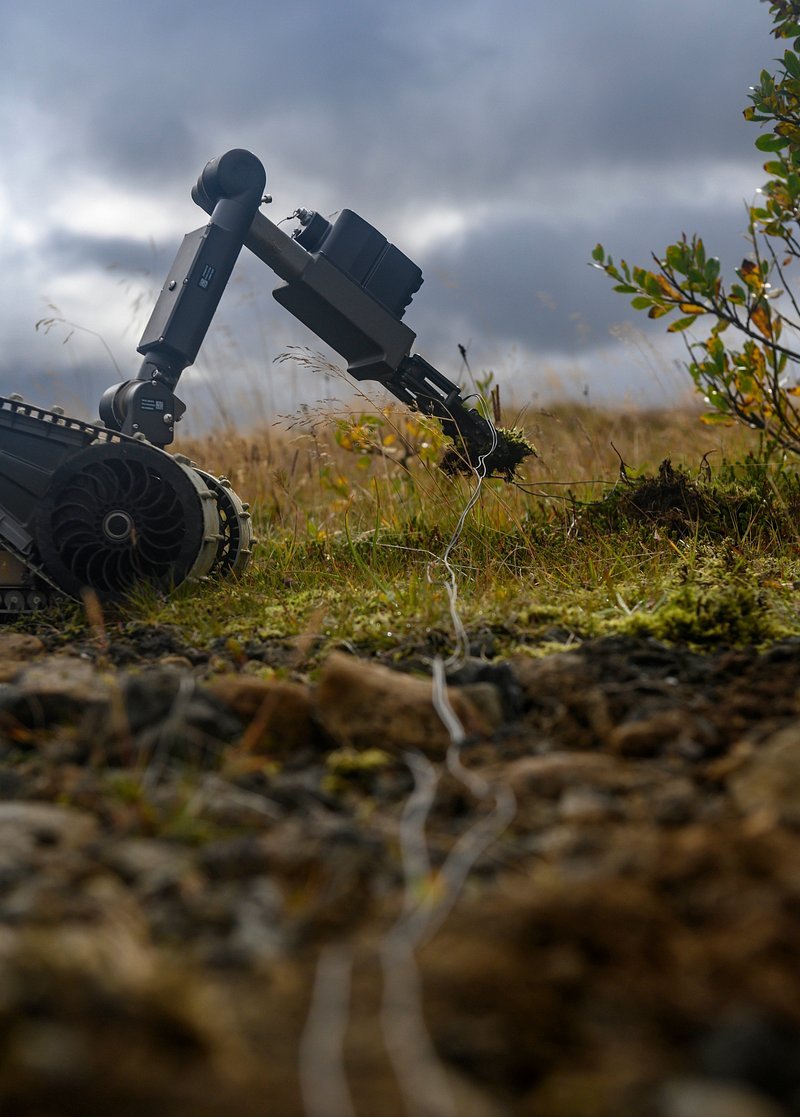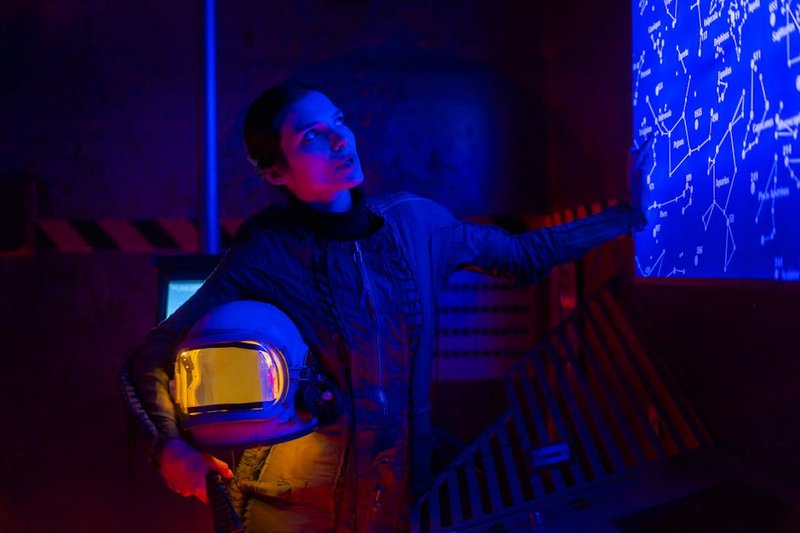The healthcare landscape is undergoing a profound transformation as artificial intelligence increasingly assumes roles traditionally performed by nurses. As a healthcare analyst who has tracked these developments for over a decade, I’m observing a pivotal moment where technology’s capabilities and healthcare’s pressing challenges are converging in ways that both promise innovation and raise serious concerns.
Hospitals across America are rapidly deploying AI solutions like Hippocratic AI’s “Ana” to address critical staffing shortages and overwhelming workloads. These AI assistants can schedule appointments, answer patient questions in multiple languages, and are available 24/7—addressing accessibility gaps in our healthcare system. The economic incentives are compelling: Hippocratic AI initially advertised rates of $9 per hour compared to approximately $40 for registered nurses, a cost differential too significant for budget-conscious administrators to ignore.
The Technology Redefining Nursing Practice
Beyond virtual assistants, sophisticated AI systems are now monitoring patient vital signs, predicting medical emergencies, and even generating care plans—functions once exclusively performed by trained nursing professionals. These systems integrate data from sensors, microphones, and cameras with electronic medical records to create comprehensive monitoring capabilities that theoretically allow nurses to oversee more patients efficiently.
“The technology is advancing faster than our policy frameworks can adapt,” explains Michelle Collins, dean of Loyola University’s College of Nursing. “We’re seeing real-time implementation before we’ve established appropriate guardrails.”

The implementation varies widely across healthcare facilities. Some hospitals treat these systems as decision-support tools that enhance nursing judgment, while others have established protocols requiring staff to follow AI-generated recommendations with minimal deviation. This inconsistency reflects the absence of industry-wide standards governing AI integration into nursing practice.
Nursing – The Human Element vs. Algorithmic Decisions
The experiences of frontline nurses highlight troubling scenarios where AI directives conflict with clinical judgment. Adam Hart’s experience at Dignity Health exemplifies this tension—when an algorithm flagged a dialysis patient for a standard sepsis protocol involving large fluid volumes, Hart recognized the potential danger but faced resistance when questioning the system’s recommendation. Only physician intervention prevented what could have been a dangerous medical error.
Similar accounts from nurses nationwide reveal a common pattern: technology designed to support care sometimes undermines the nuanced decision-making that defines nursing expertise. Melissa Beebe, an oncology nurse at UC Davis Medical Center, reports struggling with “a barrage of false alarms” that create alert fatigue and distraction rather than enhanced patient monitoring.
“Nursing has always been about whole-person care,” notes Michelle Mahon of National Nurses United. “Algorithms lack the ability to perceive subtle changes in patient condition—facial expressions, skin color, odors, emotional state—that experienced nurses routinely factor into their assessments.”
The Labor Implications of Nursing Automation
The economic dimensions of this technological shift cannot be separated from its clinical implications. With healthcare labor representing the largest component of hospital budgets, the financial incentives to automate nursing functions are substantial. Nursing unions have responded by organizing demonstrations at more than 20 hospitals nationwide, demanding input into AI implementation and protection for nurses who override automated recommendations based on professional judgment.
The politicization of healthcare AI adds another layer of complexity. Recent statements from incoming health officials Robert F. Kennedy Jr. and Dr. Mehmet Oz signal federal-level support for AI in healthcare, with Kennedy suggesting AI nurses “as good as any doctor” could expand rural healthcare access, while Oz has positioned AI as a solution to administrative burdens.

Finding the Balance in Augmented Nursing Care
The path forward requires nuance rather than absolutism. Technology’s potential to enhance nursing practice is significant—reducing documentation burdens, flagging subtle trends in patient data, and enabling more precise medication management. However, implementing these tools without sufficient nurse involvement in system design and deployment risks creating environments where technology undermines rather than enhances care.
“We should embrace what AI can do to augment our care,” Collins acknowledges, “but we should also recognize its limitations.”
The most promising models treat AI as a collaborative tool rather than a replacement for nursing judgment. This approach requires technological humility—recognizing that even sophisticated algorithms will miss contextual factors that experienced nurses instinctively incorporate into their assessments.
As we navigate this technological transformation, the core question isn’t whether AI has a place in nursing, but how we can harness its capabilities while preserving the distinctly human elements of care that technology cannot replicate. The answer will shape not just the future of nursing, but the quality and nature of healthcare delivery for generations to come.



